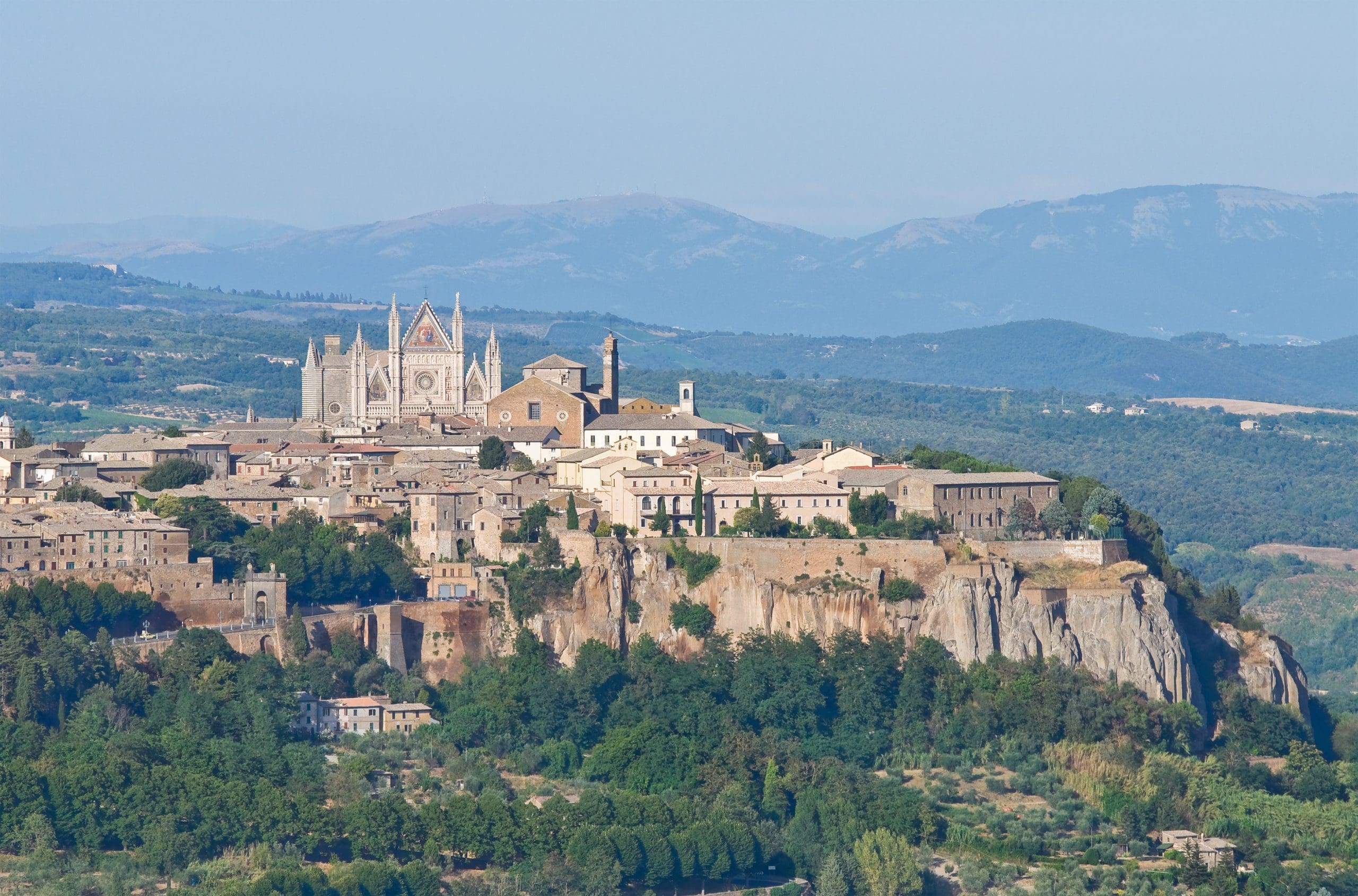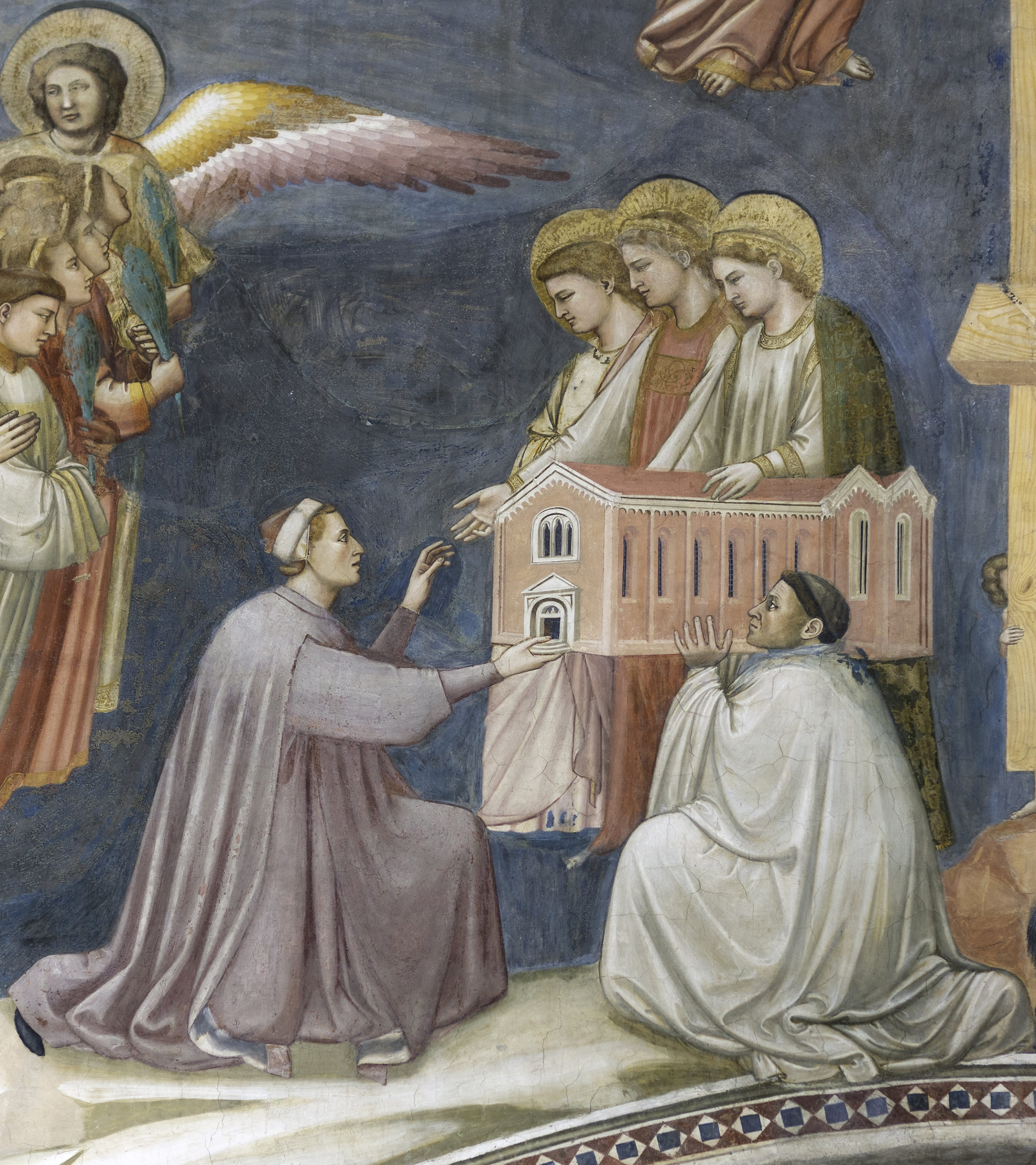Sometimes, a widely-planted grape variety, like Airen, is not the most popular in the area or country where it is planted. The Spanish red grape Airen accounts for 20% of the country's vineyards, yet it lags well behind Tempranillo in popularity.
On the other hand, Cabernet Sauvignon is the most planted wine grape variety in the world, and it is also the most popular. In the United States, Cab Sauv, as it's often called, is a stand out grape, ahead of Merlot, Chardonnay, Pinot Noir, Syrah and Sauvignon Blanc, in popularity.
There are some Cabernet names you might see on wine labels that look like Cabernet Sauvignon, but aren't, including: Cabernet Blanc, a Swiss hybrid; Cabernet Franc, a single varietal and a blending grape; Cabernet Severny, a Russian cold-hardy hybrid.
And, some noted wine grapes have dozens of synonyms or local names; Muscat Blanc racks up more than two dozen. But worldwide, Cabernet Sauvignon is known only by that name, although Petite Vidure, is a name some old-timers still use in Bordeaux for Cab Sauv.
Getting your head around the popularity of Cabernet Sauvignon can be puzzling when you consider how difficult it is to love a young Cabernet Sauvignon. Closed, ungenerous aromatics, tight flavors with hard tannin and shy fruit. Cab Sauv is a wine that tests the patience of even the most devoted fan of red wine.
But give Cabernet Sauvignon at least five years of bottle age (top end blends from Bordeaux's Médoc can take up to 10 years) and you have a different wine. At 10 years the essentials begin to knit together forming a harmonious whole with black fruit accents, softer more approachable tannin, leafy notes and a balanced extended finish.
Mature Cab Sauv from Bordeaux, California, Washington state, Australia, as well as a handful of other select spots where the grape grows to maturity with a minimum of problems in the vineyard, has a certain elegance that earns it a place in your wine memory.
The Rise of Cab Franc
As noted above, Cabernet Franc shares a family connection with Cabernet Sauvignon. In fact, the original Cabernet was likely Franc and not Sauvignon. Records show that Cabernet Franc was already in St. Emilion long before the 18th century. The right bank terroir was more hospitable to Franc, while Sauvignon did better in the Médoc.
In the 1960s, plantings of Cab Sauv and Cab Franc were about even in Bordeaux. By 2020, white varieties were a drag on the market, so during replanting, more Cab Sauv vines were planted than Cab Franc. Even before the replanting, though, it was known that Cab Franc performed better in cooler St. Emilion soils, moving Cab Sauv on the right bank to third place behind Cab Franc and Merlot.
Cabernet Franc has more up front fruit than Cabernet Sauvignon and it's lighter in tannin with a distinctive hint of raspberry and a subtle herbaceous note, adding a level of complexity. These attributes stand out in St. Emilion and Pomerol, where Cab Franc contributes more to the blend.
While it's hard to deny the great appeal of 60% Cab Franc in a St. Emilion like Ch. Cheval Blanc, fans of Cabernet Franc say the variety shines brightest in the Loire Valley sub-regions of Chinon and Bourgueil.
Bourgueil, made in two styles, can have a little Cab Sauv, but the wine mainly is all Cab Franc. The lightest style, is from gravel soils closest to the Loire river. A more substantial version is reflective of the rocky soil further from the river.
Chinon production is more varied than Bourgueil. This large area in the Touraine district makes a well-known Chenin Blanc, a little rosé and, of course, Cabernet Franc, lots of it. Chinon comes in three styles: lighter, like Bourguel; a second more robust version; and a complex mineral-laced style.
Elsewhere, look for lighter Cabernet Franc from Friuli in northern Italy, Australia and New Zealand. Varietal Cabernet Franc vies with Cab Sauv in California and is a major red in Washington state.
Summer is a good time for outdoor grilling of steak or a shank of lamb on a spit. Add a mixed salad, or cole slaw, and a glass of Cabernet Franc or Cabernet Sauvignon.
Unsplash image
Next post: Northern Rhone Whites
Leave a comment at boydvino707@gmail.com
Concentrate on Sauvignon & Franc -- how they differ and how they compliment esch other.








